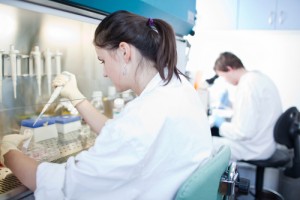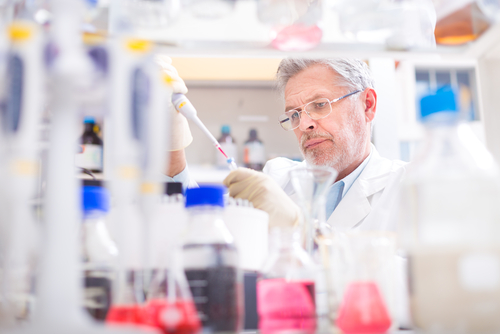//www.instagram.com/embed.js
 A team of researchers from Tufts University recently found that a flaw in the communication between two specific pathways in the eye are associated on the cause of cataracts, thus offering results for the development of important early treatment for cataracts. The study entitled “Altered ubiquitin causes perturbed calcium homeostasis, hyperactivation of calpain, dysregulated differentiation, and cataract“, was recently published in the journal Proceedings of the National Academy of Sciences.
A team of researchers from Tufts University recently found that a flaw in the communication between two specific pathways in the eye are associated on the cause of cataracts, thus offering results for the development of important early treatment for cataracts. The study entitled “Altered ubiquitin causes perturbed calcium homeostasis, hyperactivation of calpain, dysregulated differentiation, and cataract“, was recently published in the journal Proceedings of the National Academy of Sciences.
Cataracts blind 18 miilion people worldwide, and are considered the most prevalent age-related disease. Cataractogenesis is caused by accumulation atypical proteins from the normally clear lens that are removed by the ubiquitin and lysosomal pathways. When the ubiquitin pathway falters, calcium flows into the cells of the lens, activating a third pathway. It is this third pathway that causes cataracts in the eye, according to results from this recent study using mice models.
In a recent press release, senior author Allen Taylor, Ph.D., the director of the Laboratory for Nutrition and Vision Research at the USDA HNRCA and a professor at the Friedman School of Nutrition Science and Policy at Tufts University said about the results “We discovered that the ubiquitin pathway and the calpain pathway communicate with one another. When their conversation goes awry, cells start a vicious cycle in which proteins are improperly degraded. This leads to alterations in proteins and the beginning of the clouding of the lens that signals the onset of cataract.”
The identification of the connections between UPS and calpain-based degradative systems advance current comprehension of roles for Ub K6 in eye development. These findings can be used for new clinical approaches to delay cataract and other protein precipitation diseases.
In the press release Allen Taylor, member of the Cell Molecular & Developmental Biology program faculty at the Sackler School of Graduate Biomedical Sciences and a professor of ophthalmology at Tufts University School of Medicine said, “Ubiquitin is found in every cell in plants, animals and people; therefore it’s possible this interaction with calpain is occurring elsewhere in the body,” “If it is, that would provide the opportunity to learn more about how abnormal proteins may accumulate in other disease states that are similar to cataract, including neurodegenerative diseases such as Alzheimer’s and Parkinson’s.”


